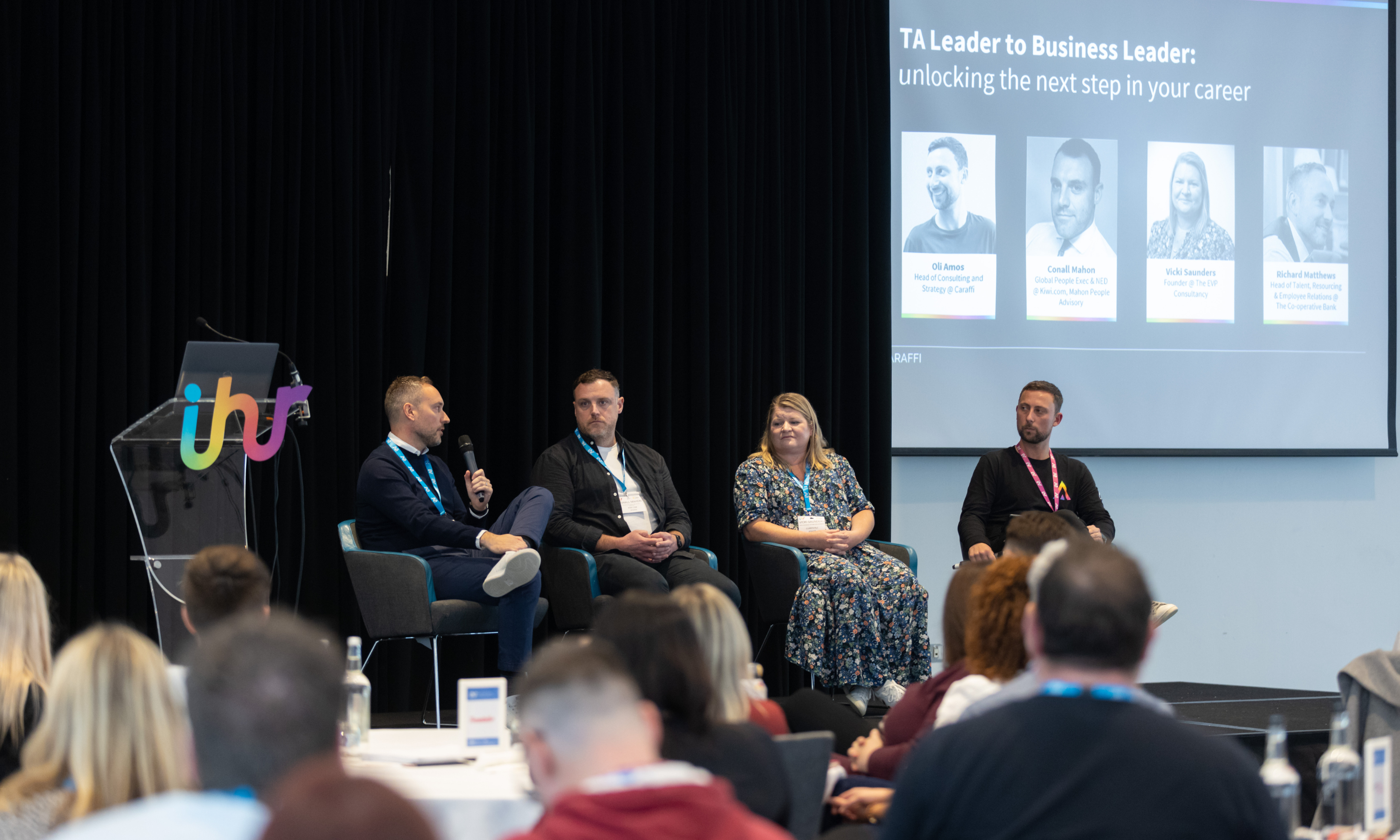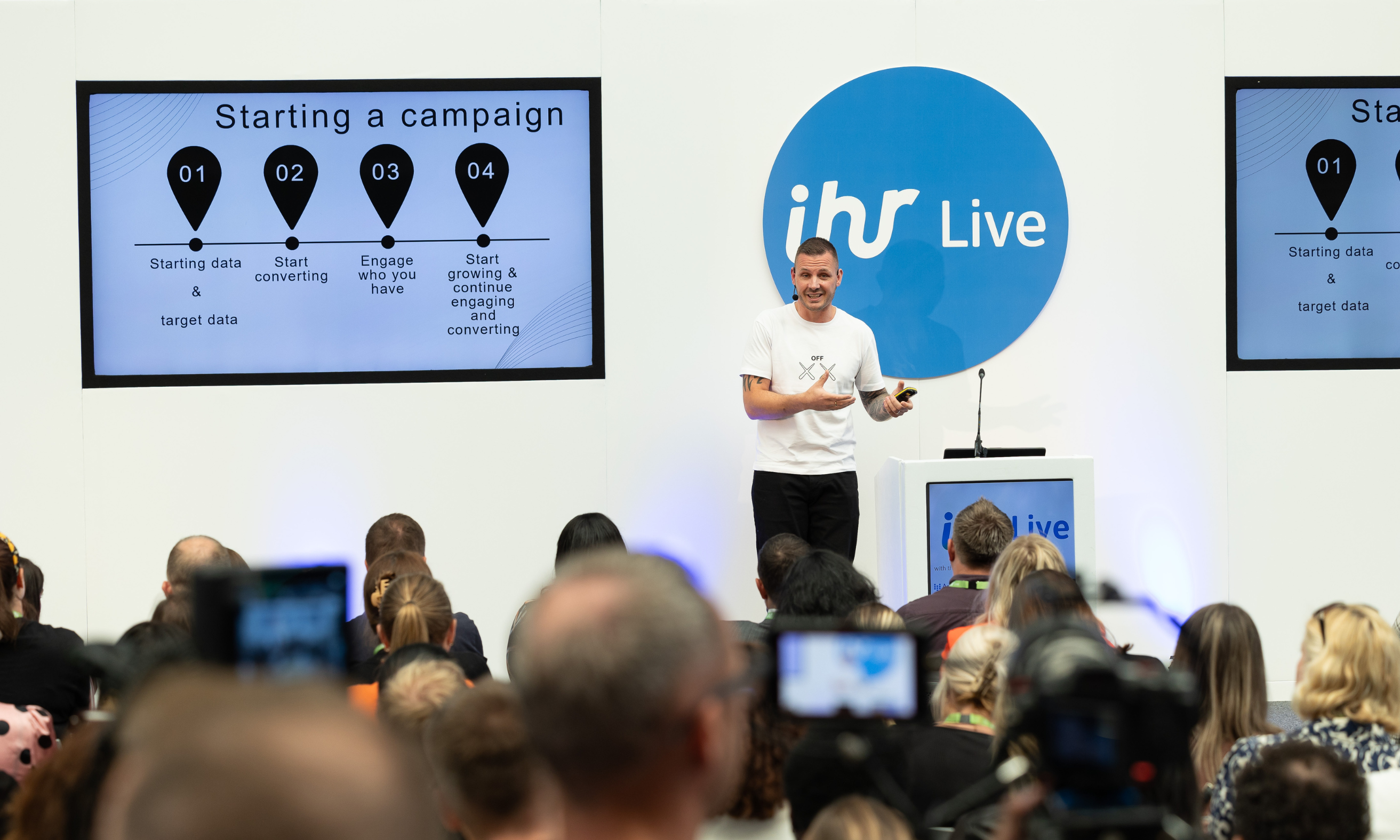Whether you’re sharing the success of a campaign, or seeking support for a new process, how do you get your stakeholders to take notice of your recruitment data?
At our Recruitment Leaders Conference last month, Jeremy Ovenden, Managing Director at Hireserve, took an in-depth look at the reports and datasets that a modern day ATS should provide us with and why this matters so much in an age where talent attraction and retention are at their most challenging.
Following Jeremy’s presentation (which you can view in full below) Hireserve have shared their 3 top tips to make senior stakeholders and decision-makers in your organisation sit up and take notice of your recruitment data:
1. Translate your team’s success into wins for everyone
If you’re sharing the results of a campaign with the wider business, decode your success metrics.
As an example, what does a reduction in ‘time to hire’ mean to another team? To them, it may translate into the following benefits: You’ve saved them weeks, perhaps even months, of having to cover the departed employee’s workload. Or perhaps you’ve avoided additional costs for the business by not having to backfill with a temp or contractor. Complement your statistics with context.
Every time you present a metric to the rest of your organisation, consider what it means to the various stakeholders. From lessening the risk of candidate drop-out, to enabling your team to perform a more advisory role, identify what will forge a connection with the wider business.
2. Establish a culture of sharing outcomes
It’s likely you have a regular reporting function established, whether at board level, across wider departments, or at all-team meetings.
Weave recruitment data into your updates each time you share. Demonstrate why you have made decisions with relevant statistics and explain what the impact has been since – such as an increase in applications or filling a particularly challenging role.
For longer term projects, share progress reports. If your stakeholders learn to expect regular updates from the HR & Recruitment function, underpinned by statistics and data, they’ll become more fluent in understanding the value of your data – and, indeed, your work.
3. It’s all in the presentation
Most recruitment data does not look pretty in its raw form. Assuming you access most of your data through your ATS or CRM, it’s often row upon row of figures.
Now imagine you’re presenting your datasets to senior stakeholders. Perhaps you’re seeking approval for additional budget, making recommendations to partner with a new provider, or keen to explore an exciting new sourcing tool.
Use a data visualisation tool to bring your reports to life. Help your stakeholders to visualise your statistics by using colourful graphs and charts in place of rows of data or Excel spreadsheets. This will better engage your audience and enable them to draw meaning from your data more effectively.
Look beyond your function
A key take-away is to continually consider how your data could be understood (or not) and interpreted by colleagues who are not necessarily familiar with the world of HR & Recruitment.
Contextualise the data you present.
Connect with colleagues by sharing relevant data and statistics regularly
Clarify your presentations with heatmaps, bar charts, graphs and tables to visualise and illustrate your key datasets.
To learn more, watch Jeremy’s presentation video below:
Powerful and intuitive, Hireserve’s recruitment software enables in-house recruiters to manage their entire recruitment process online. We love to help enhance your employer branding and candidate attraction strategy. Building pixel-perfect careers sites is a specialism, alongside innovative social and mobile applications.









